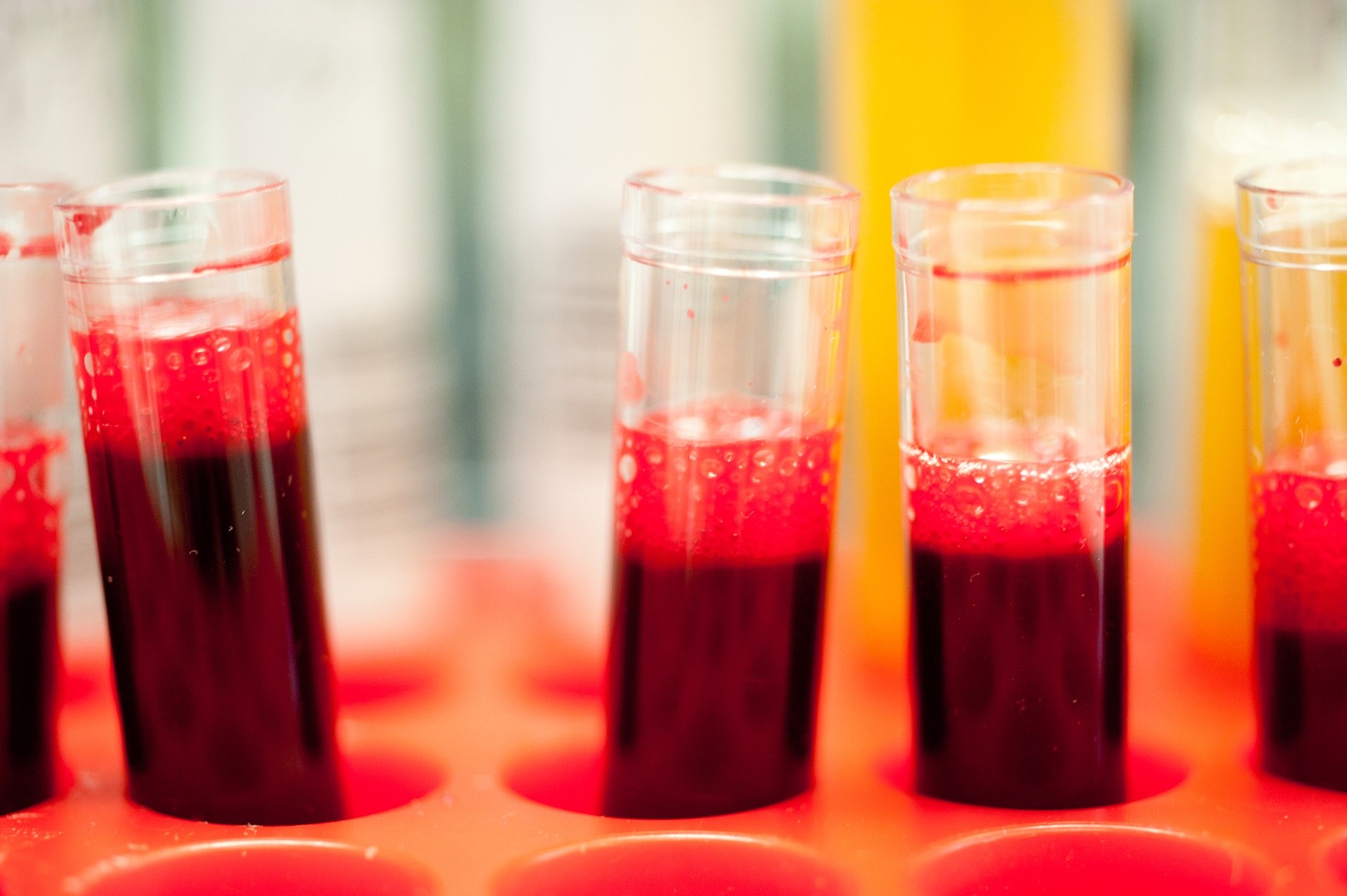
In a study observing how leukaemias develop in pairs of identical twins, Professors Mel Greaves and Richard Houlston were able to identify the exact mutations that kick-start the cancer. By pinpointing the founder mutations driving the disease, they hope more effective targeted therapies that are less prone to drug resistance might be found.
Their team found identical twins in which both individuals had developed the blood cancer acute lymphoblastic leukaemia (ALL), the most common childhood cancer. By sequencing the whole genomes of leukaemic cells, they were able to draw up a list of the mutations that were driving the disease. Comparing the list of mutations for each twin, they could work out which were shared — suggesting that they were early founder mutations — and which had been acquired later.
The work may help us to tackle one of cancer's biggest challenges: drug resistance. Many cancer therapies target specific mutated genes that drive the disease. But as they progress, cancers evolve and diversify, with different cells picking up an ever more diverse set of different mutations. If a therapy is targeted to one of those later mutations, it will not destroy all of the cells, and so the disease will be able to return. The goal is to target the founder mutation, shared by all of the cancer cells. To use the analogy of the evolutionary tree, we must sever the trunk rather than prune the branches.
The twins study provided a unique opportunity to look for these founder mutations. In identical twins where one child develops leukaemia, it is relatively common (around 10% of twins) for the sibling to also develop the disease. This is because pre-leukaemic cells containing the founder mutation are able to pass between the twins in the womb, via the circulatory system that they share with the placenta. These clones then develop and evolve separately in the two individuals, picking up different sets of mutations, but retaining the original shared founder mutation.
Ma, Y., et al. (2013) Developmental timing of mutations revealed by whole-genome sequencing of twins with acute lymphoblastic leukemia. Proc Natl Acad Sci, 110:7429-7433doi:10.1073/pnas.1221099110